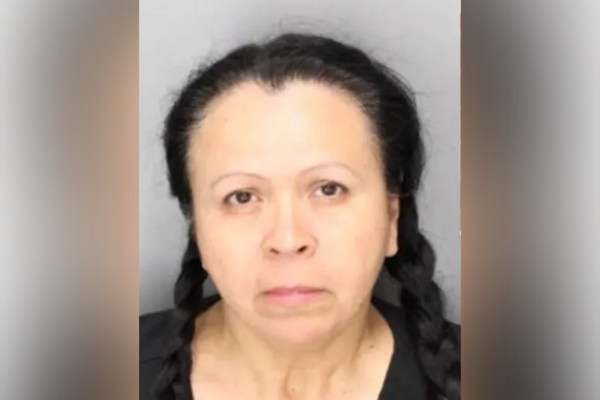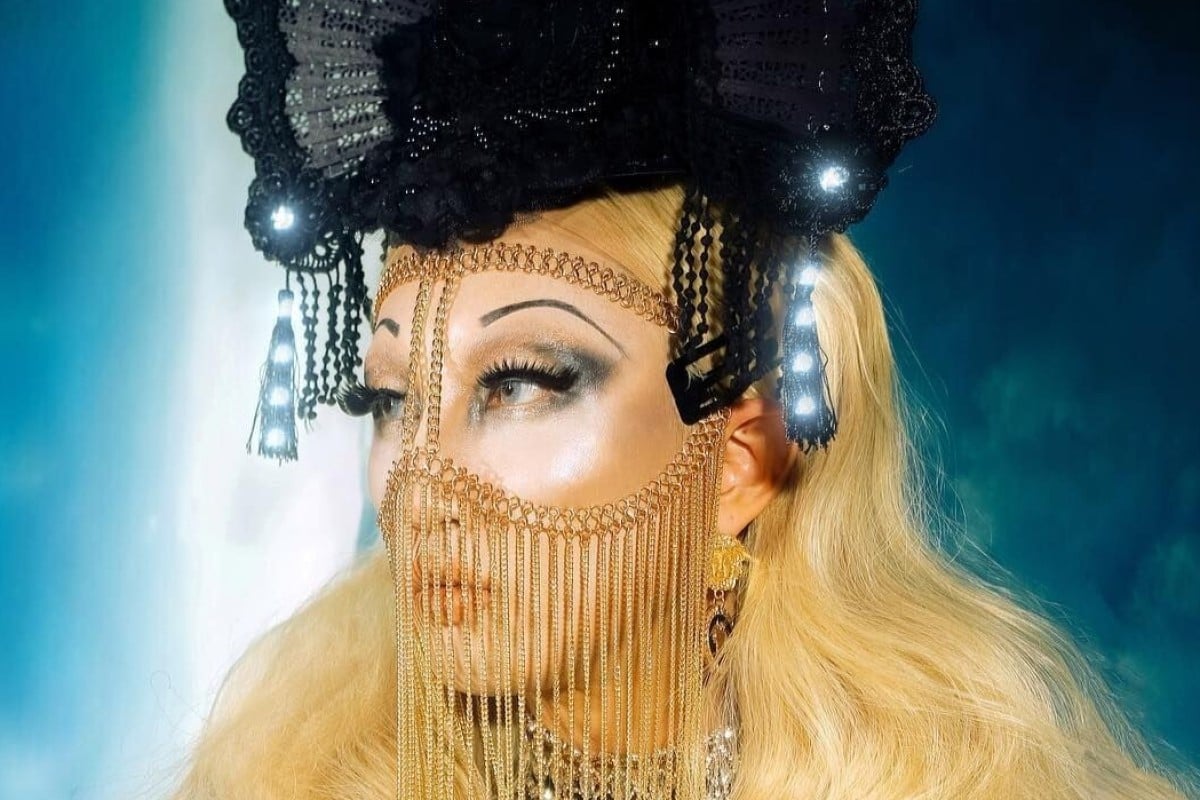
By Lee Gyu-lee
Some say it is misogynistic, while others say it is culturally inappropriate. But to Kim Young-rong, a pioneering drag entertainer at the centre of South Korea’s much-criticised scene, drag is just a way of expressing another side of himself.
In South Korea, where queerness is still largely taboo, drag is mostly seen in a negative light. But Kim, who goes by the drag name Nana, wants to change that narrative so more people can enjoy and accept it as entertainment.
“Drag is about communicating your message more fiercely and overtly,” Kim says. “I started it because I love showing the different side of me.”
Since he first encountered the drag scene through the musical film Hedwig and the Angry Inch in college 14 years ago, Kim has become one of the best-known drag entertainers in South Korea, not only as part of the scene but also in the mass media.
He has featured in various commercials, photo shoots and K-pop music videos, including for girl groups Brown Eyed Girls and Mamamoo. But despite the publicity he has garnered, the seasoned drag performer says he continues to spend time contemplating ways to make drag more acceptable to the public.
“With other drag entertainers in the field, we always share ways to make it more entertaining and more approachable so people can enjoy it without prejudice,” he says.
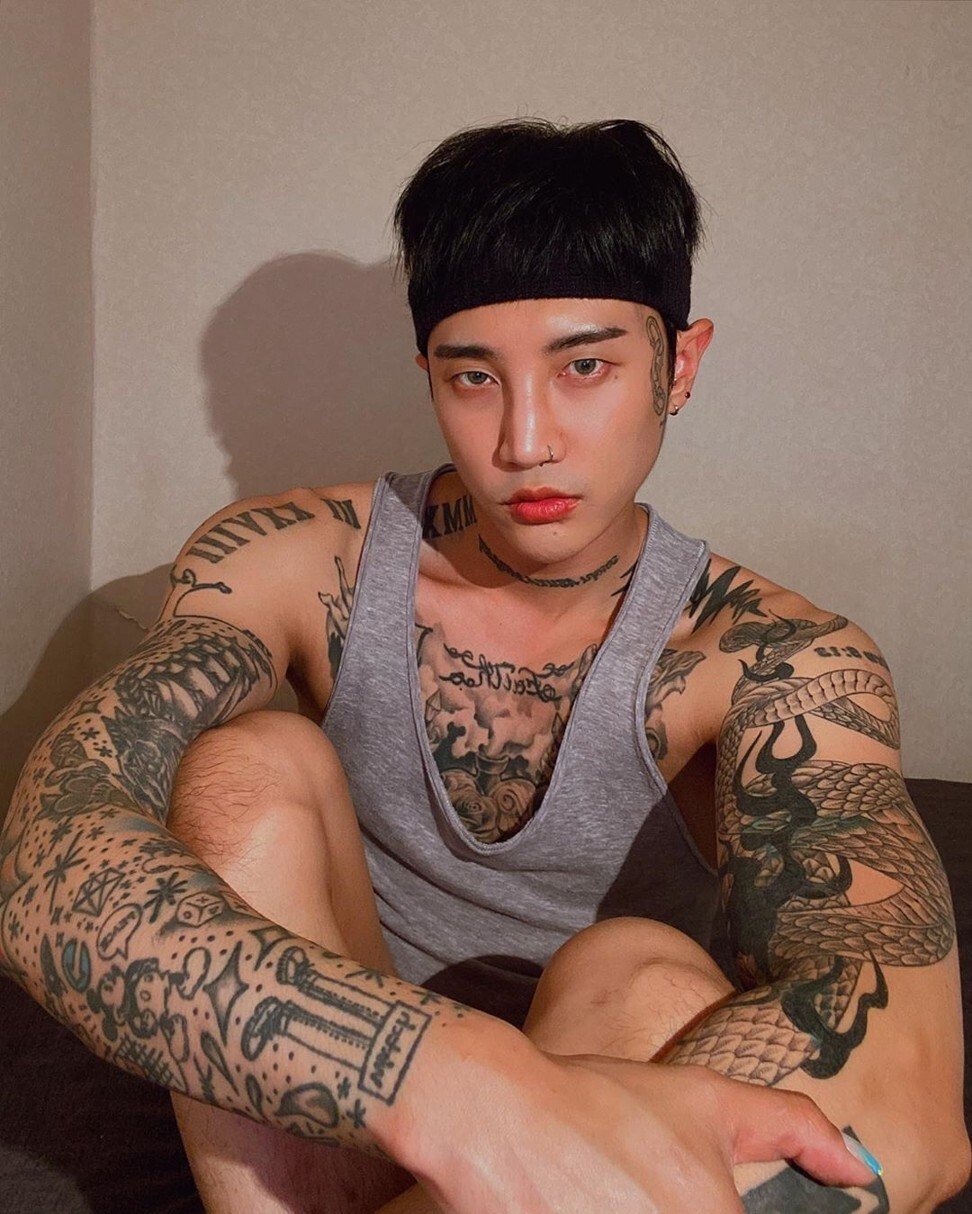
That is one of the reasons why he started a YouTube channel with drag show production team Neon Milk to share a glimpse of his drag and personal lives. The channel has more than 80,000 subscribers.
“In Korea, the way people perceive [drag] is definitely still largely negative,” Kim says, explaining he has conservatives on the one hand telling him “it’s disgusting” or “God will not forgive you”, and radical feminists criticising drag as a travesty for women on the other.
“I’m not saying that drag is never about a man dressing as a woman,” he says, noting the most publicised effeminate images of drag. “However, that is just one category of drag.
“The easiest way I describe it is using the example of a singer. When someone says ‘I’m a singer’, that person can be an R&B artist, a rapper or jazz artist. There are specific categories in music.”
As every drag performer has different values, he says each of their drag portrayals is different.
“If people can just look at it from a slightly different angle, they’ll see this is just a matter of perspective. But that’s the hardest part.”
He says in the past he tried hard to make people understand, but his outlook changed with a recent incident.
The LGBT community garnered unwanted public attention in May when a cluster of coronavirus cases was confirmed in Seoul’s Itaewon district, home to many gay bars and clubs that were often venues for drag performances. This triggered a wave of homophobia and enormous criticism of the community, with some expressing extreme hate.
“A lot of people would send me messages saying nonsense like ‘you are the ones spreading the virus’,” he says.
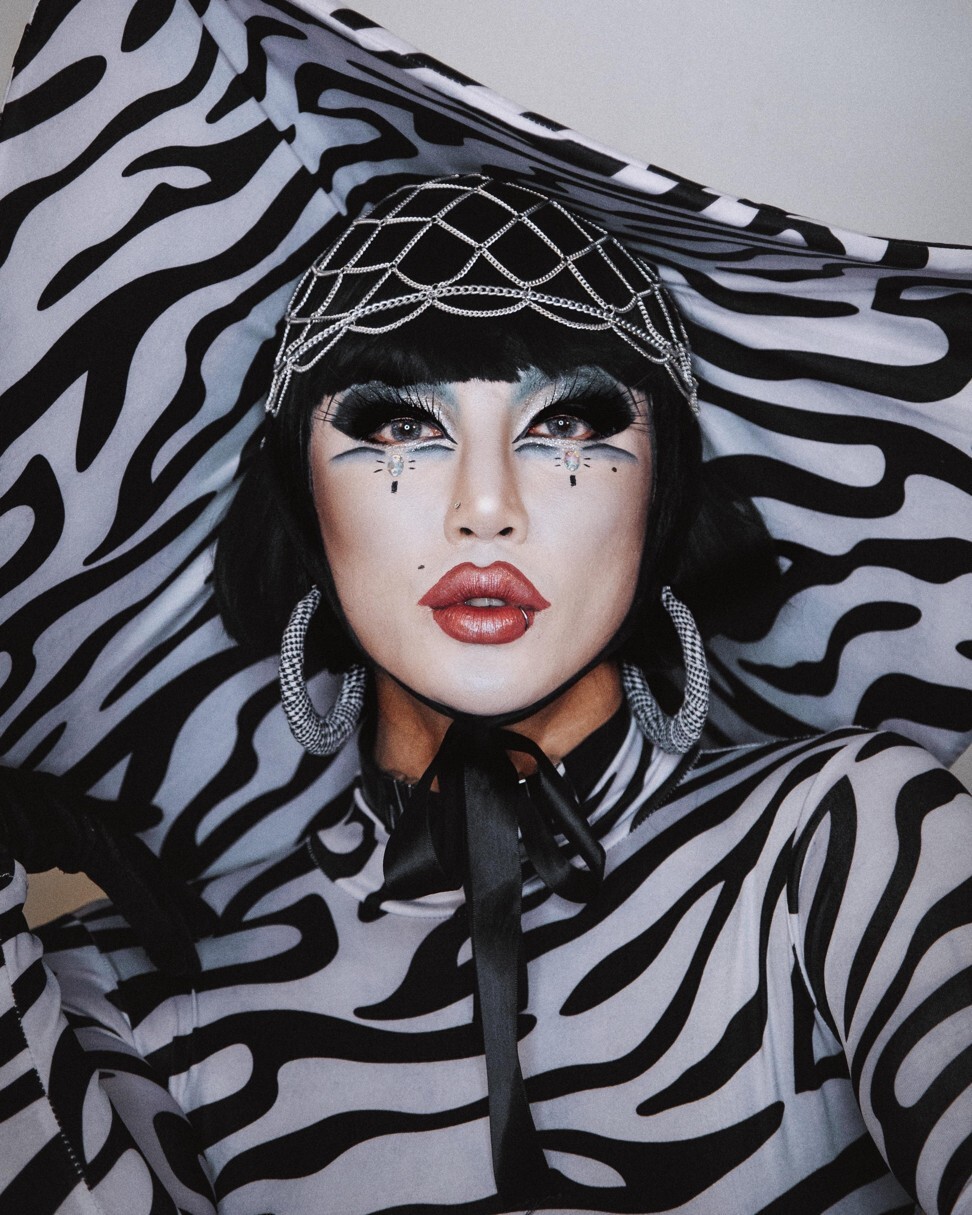
Seeing how fast one incident could amplify hatred toward the community was an unnerving experience.
“It was too overbearing trying to be loved by everyone … I would exhaust and stress myself out,” Kim says. “When this happened, I thought to myself, ‘I don’t need to please these people and ask them to accept me’, because I already have those who support and love me.”
Being at the heart of such challenging scene for a decade has made him stronger and taught him patience, he says. And despite the adversity he has experienced through those years, he says he has seen a positive change in people’s perception of the drag scene.
“First, and foremost, the way people look [at drag entertainment] has improved so much,” he says. “Back then, not many people did drag, but now I see many people joining.
“Nowadays, everyone has their own social media account, where they can be the star of their own show. There is a growing number of people who use drag to express and show themselves off on the platform, even if they are not performing shows.”
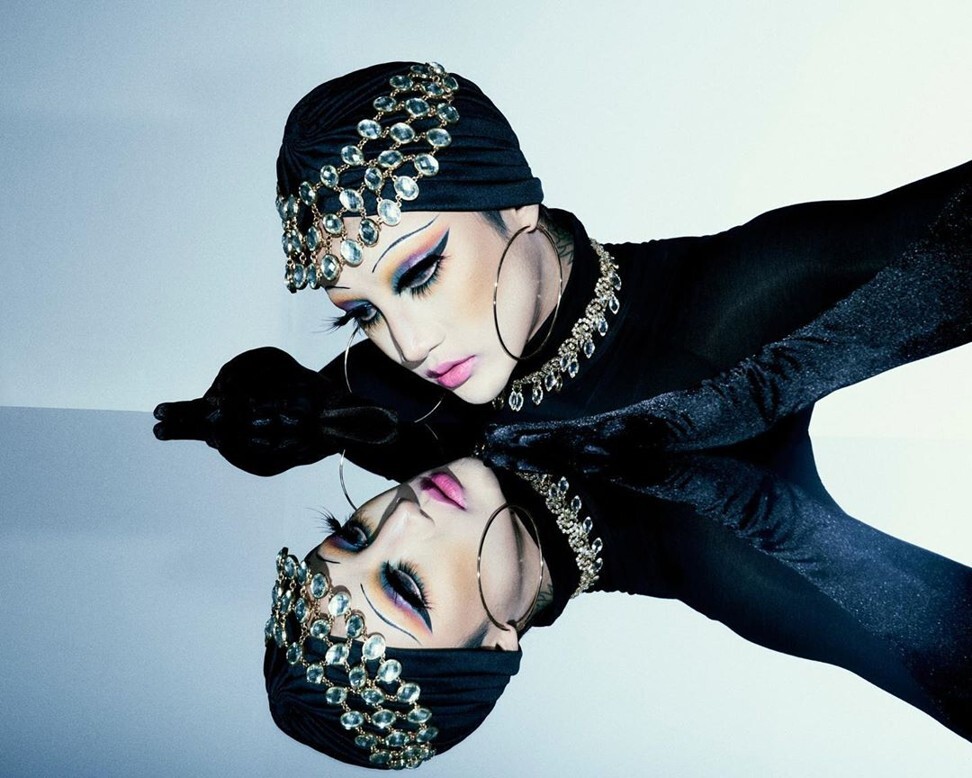
Despite the growing interest and support, Kim says he would continue working to make drag more approachable to a broader audience because the more accessible the culture becomes, the faster it would blend in with society.
“So I can’t just go around and only do what I want to do,” he says.
Did you know that among the world's top five health care markets, China is the only one growing at double digits? Get a comprehensive industry review and insights on Covid-19 induced market shifts with the China Healthcare Report, brought to you by SCMP Research. for our 50% early bird discount now. You will also receive access to 6 closed-door webinars led by China healthcare’s most influential C-suite executives. Offer Valid until August 12th 2020.


